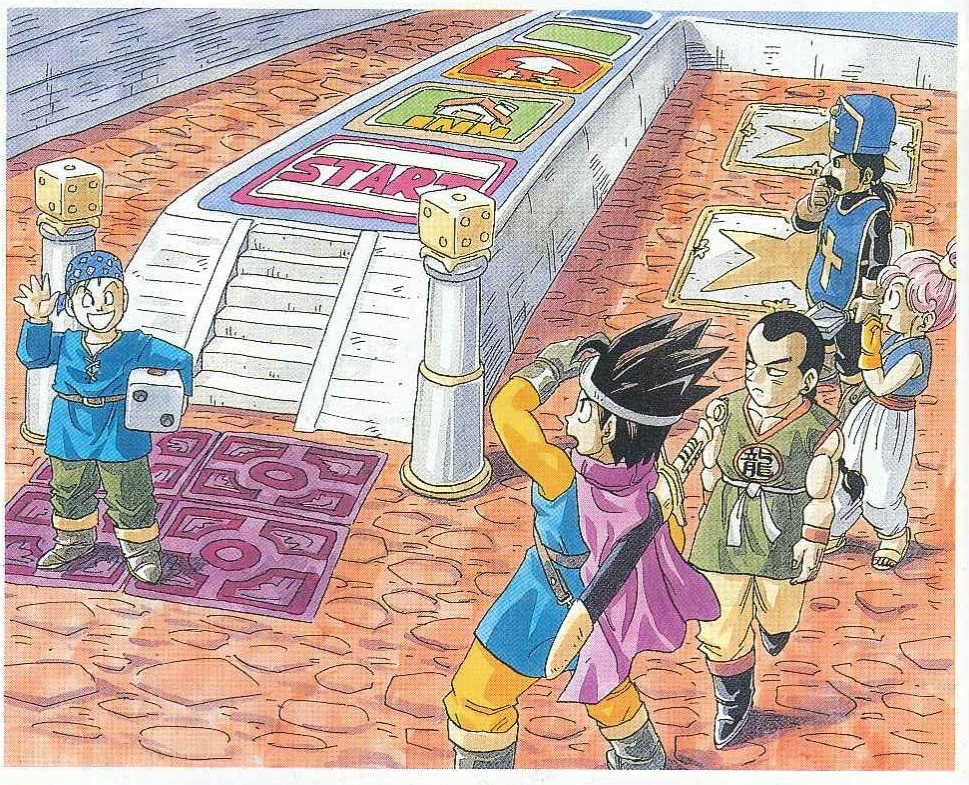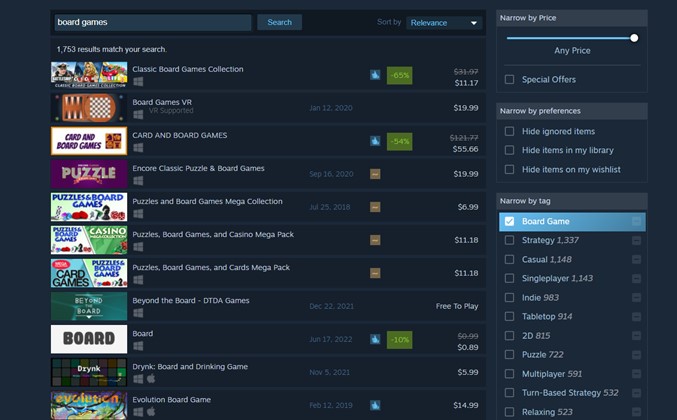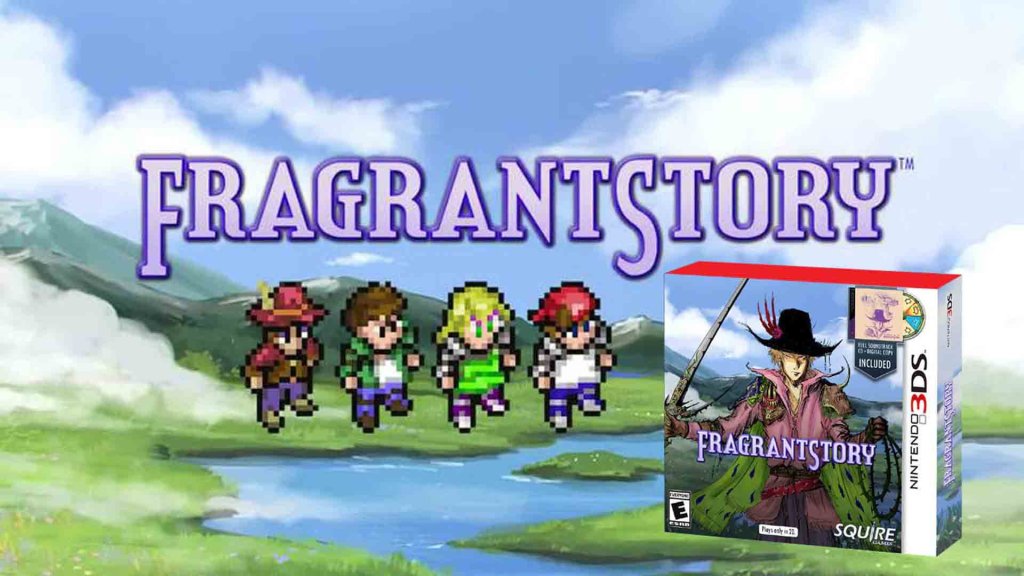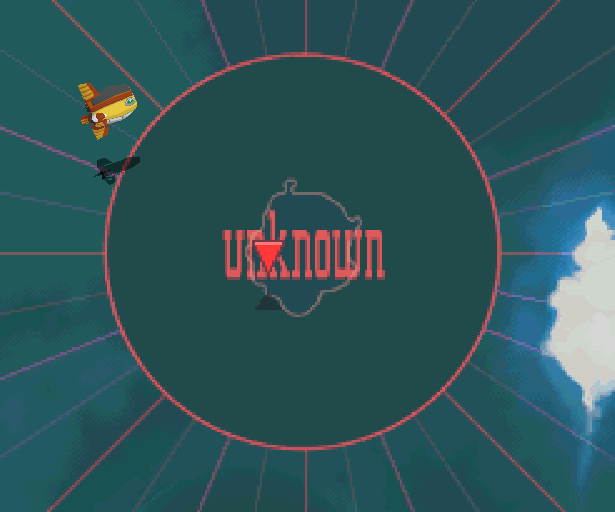Machina of the Planet Tree -Planet Ruler- (from now on, referred to as Planet Ruler), released in 2013, is the first game in the Machina of the Planet Tree series, developed by indie studio Denneko Yuugi. Like Sting Entertainment’s Dept. Heaven series, other Machina of the Planet Tree games (which so far only includes Unity Union) seem to share the same name but do not follow the same playable characters. On the topic of playable characters, Planet Ruler follows big-gauntlet-welding mining student Cram and mercenary cat-girl Retla, as they work together to find and protect Machina Tree priestess Etsy from the villainous Elite Four.
An initial problem with Planet Ruler is that it requires getting reacquainted with the difference between story and plot. The short sentence above, about who our heroes and villains are, is seemingly the entire game’s plot, wherein the heroes must protect a person or thing from a Megaman Battle Network-sized team of mono-colored bad guys. The story of Planet Ruler is faux complicated by the way characters tell it. Planet Ruler is supposedly not a long game, which means all this world building and lore must get crammed into every sentence. New term after new term must be given and then defined. The game does have cute optional side chats with the heroes vamping about save crystals or some nonsense from Cram’s far more interesting gauntlet Chronos; it’s a feature that makes Tales of games special. cannot replace turning all characters into creatures of exposition. RPGs involve caring about party members because they are who the player follows and controls. Their dramas and conflicts, their adventures and setbacks, their tastes in high fantasy monster burgers, all need to mean something. After a few hours, I was left feeling that Cram sure was smug, Retla was cute but does not get to do much, and Etsy sure is a robot girl trope character.




















